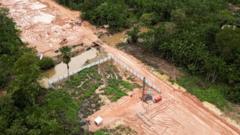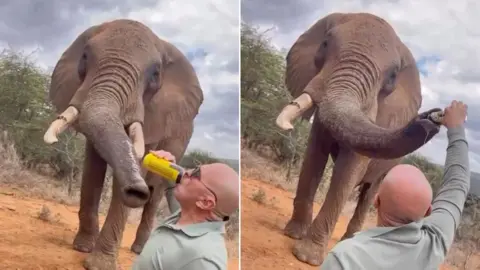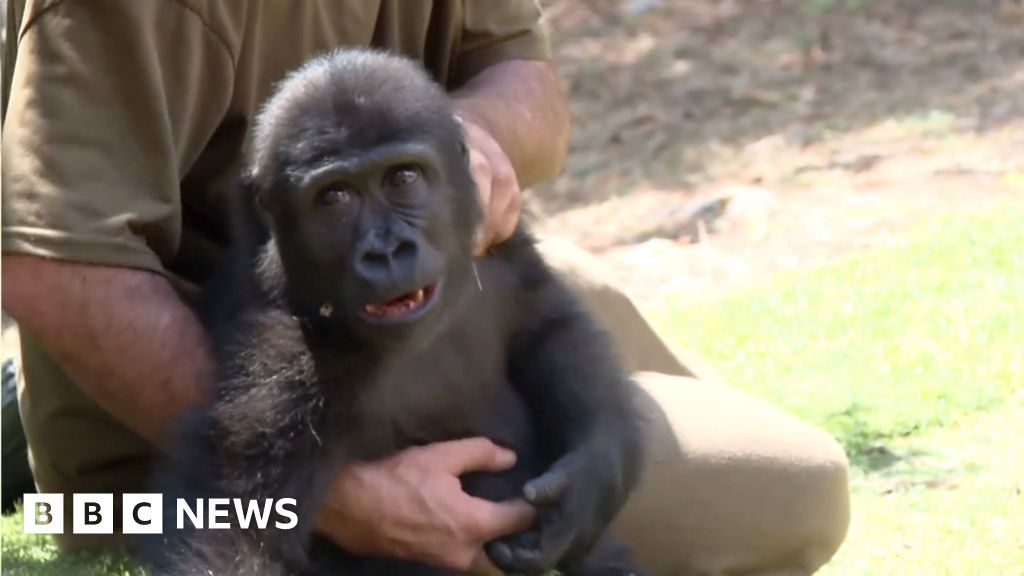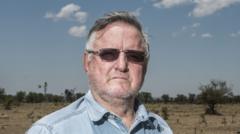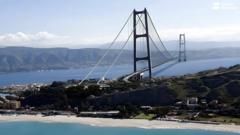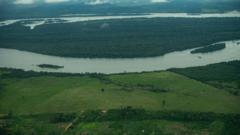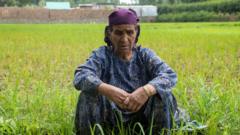The construction of Avenida Liberdade is well underway, as heavy machinery has already cleared nearly 8 miles of forest land, leaving behind desolate landscapes of timber and dispossessed wildlife. Claudio Verequete, a local resident, voiced his distress about the loss of his açaí harvesting source and the lack of compensation for his family as their traditional livelihood is threatened. Many fear that improved accessibility will lead to further encroachment of the forest by businesses, undermining the rainforest's integrity.
Wildlife experts are particularly concerned about the long-term ecosystem fragmentation caused by the new road, which will sever the habitats of various species and complicate rehabilitation efforts for animals displaced by human activity. While the Brazilian administration aims to showcase environmental efforts at the summit, local communities assert that their voices are unheard amidst the flurry of development and corporate interests.
The Pará state government pledges that the project will come with environmentally friendly features, such as wildlife crossings and green spaces, but critics remain skeptical. Proponents from the local business community argue that infrastructure improvements will revitalize Belém and provide economic opportunities. Yet the urgent question remains whether such advancements justify the extensive environmental costs, particularly as the summit aims to tackle climate change’s most pressing challenges.
As COP30 approaches, the dissonance between infrastructure development and environmental preservation continues to ignite debate, revealing the complexities of stewardship in one of the world's most crucial ecosystems.
Wildlife experts are particularly concerned about the long-term ecosystem fragmentation caused by the new road, which will sever the habitats of various species and complicate rehabilitation efforts for animals displaced by human activity. While the Brazilian administration aims to showcase environmental efforts at the summit, local communities assert that their voices are unheard amidst the flurry of development and corporate interests.
The Pará state government pledges that the project will come with environmentally friendly features, such as wildlife crossings and green spaces, but critics remain skeptical. Proponents from the local business community argue that infrastructure improvements will revitalize Belém and provide economic opportunities. Yet the urgent question remains whether such advancements justify the extensive environmental costs, particularly as the summit aims to tackle climate change’s most pressing challenges.
As COP30 approaches, the dissonance between infrastructure development and environmental preservation continues to ignite debate, revealing the complexities of stewardship in one of the world's most crucial ecosystems.

